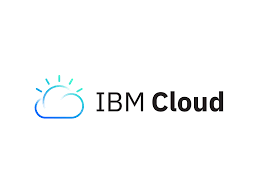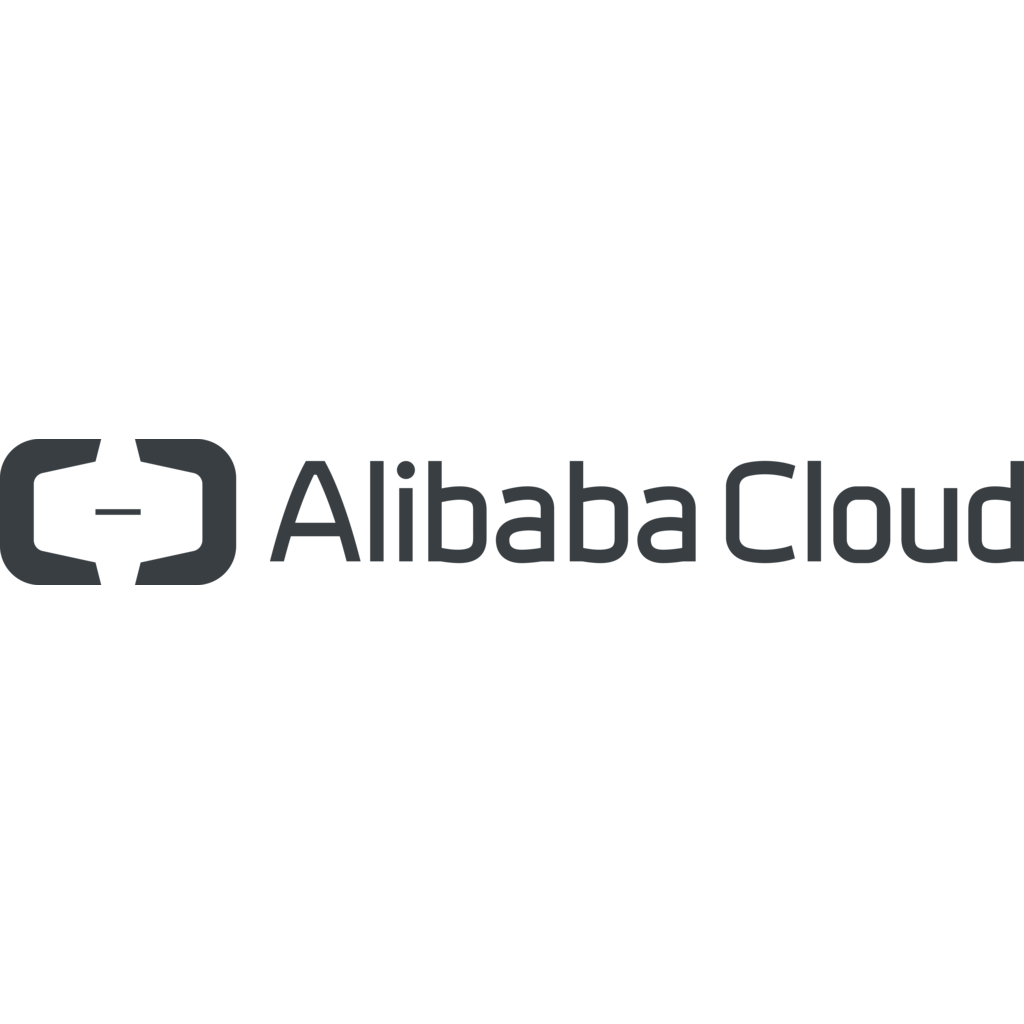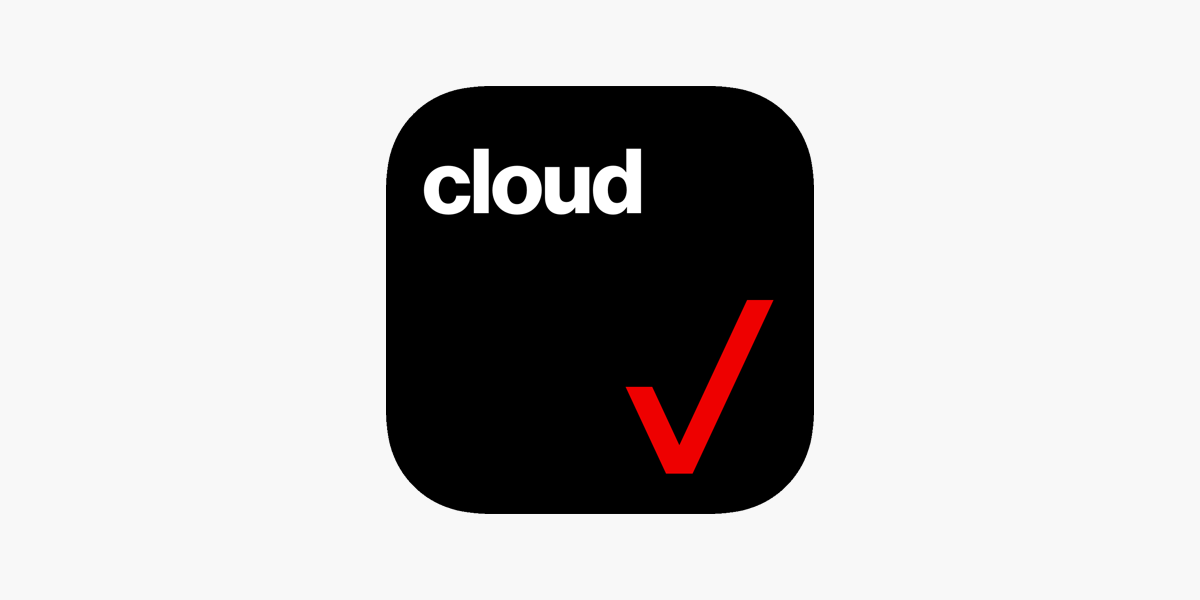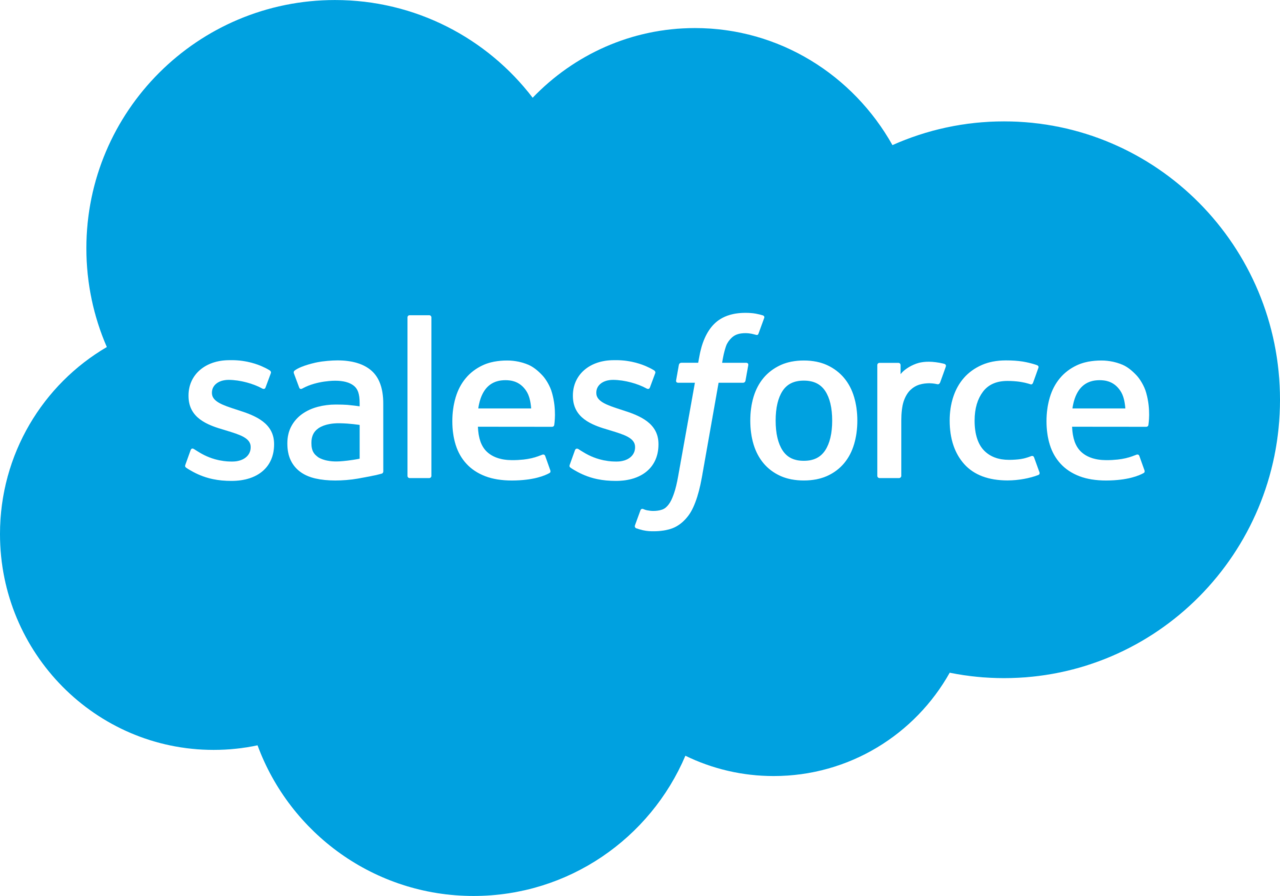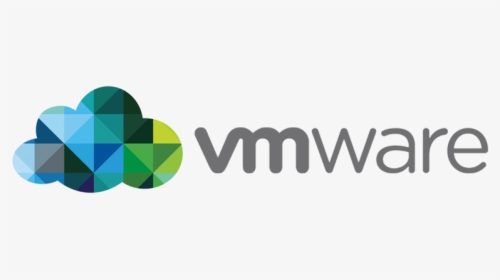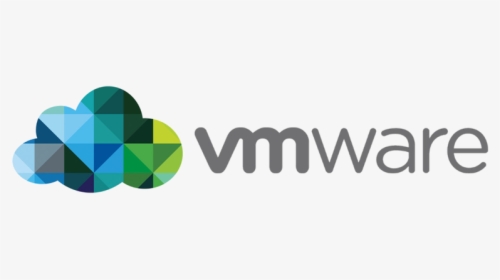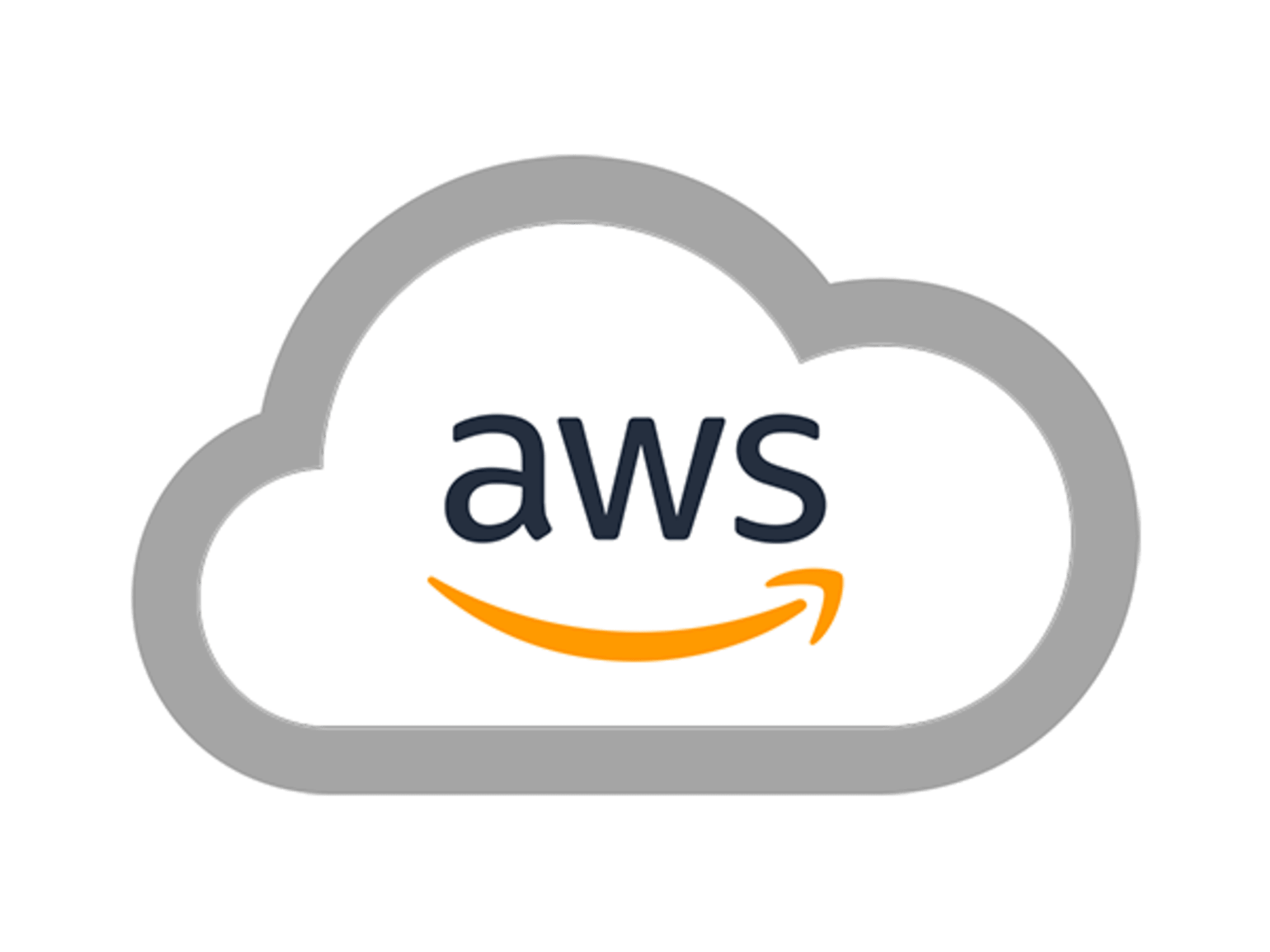By: Waqas Bin Khursheed
Tik Tok: @itechblogging
Instagram: @itechblogging
Quora: https://itechbloggingcom.quora.com/
Tumblr: https://www.tumblr.com/blog/itechblogging
Medium: https://medium.com/@itechblogging.com
Email: itechblo@itechblogging.com
Linkedin: www.linkedin.com/in/waqas-khurshid-44026bb5
Blogger: https://waqasbinkhursheed.blogspot.com/
Read more articles: https://itechblogging.com
Introduction
Navigating the Azure Portal efficiently is crucial for managing cloud services effectively. This guide dives deep into functionalities, offering insights for both novices and seasoned users. Each section aims to enrich your understanding, making Azure Portal navigation second nature.
---
Understanding the Azure Portal
**The Azure Portal Interface: A Detailed Overview**
The Azure Portal interface serves as the command center for managing Azure services. With every click, users discover new ways to optimize their cloud experience. Its intuitive design caters to both beginners and experts in cloud computing.
Read more Power of Azure Portal
**Key Features and Their Benefits**
Azure Portal offers a plethora of features designed to enhance cloud management. From virtual machines to SQL databases, each feature provides a unique advantage. Users can deploy, manage, and monitor services seamlessly, thanks to Azure's robust infrastructure.
---
Managing Resources in the Azure Portal
**Creating and Deploying Azure Resources**
Creating and deploying resources on Azure is a straightforward process. With just a few clicks, users can set up entire environments, illustrating Azure's commitment to efficiency and user-friendliness.
**Monitoring and Managing Azure Services**
Monitoring Azure services ensures optimal performance and cost-efficiency. Azure's comprehensive tools allow users to keep a close eye on resources, making informed decisions based on real-time data.
---
Azure Portal FAQs
-
**What is the Azure Portal?**
The Azure Portal is Microsoft's web-based application for managing all Azure services. It provides a user-friendly interface for deploying, managing, and monitoring cloud resources.
-
**How do I access the Azure Portal?**
Users can access the Azure Portal by navigating to https://portal.azure.com and logging in with their Microsoft account. It is the gateway to managing Azure services.
Learn about Advantages of Cloud Services
-
**Can I customize the Azure Portal dashboard?**
Yes, you can customize the Azure Portal dashboard to fit your specific needs and preferences. Customizing your dashboard allows you to create a more efficient workspace by organizing and displaying the information and services that are most relevant to you. Here’s how you can customize your dashboard:
-
**Add and Remove Tiles**:
You can add tiles to your dashboard for various resources, services, and other items. To add a tile, click on "Edit dashboard", then select "Tile Gallery" and choose the items you want to add. To remove a tile, while in edit mode, click the ellipsis (...) on the tile you wish to remove and select "Remove".
-
**Resize and Rearrange Tiles**:
Tiles can be resized and moved around to create a layout that best suits your workflow. To resize a tile, click and drag its bottom-right corner. To move a tile, simply drag and drop it to a new location.
-
**Create and Manage Multiple Dashboards**:
Azure Portal allows you to create multiple dashboards for different projects, environments, or teams. You can switch between dashboards using the dashboard menu. To create a new dashboard, select "+ New Dashboard" from the dashboard menu.
-
**Share Dashboards**:
If you want to share your dashboard with other users, you can publish it. Once published, you can set permissions to control who can view or edit the dashboard.
-
**Customize the Theme and More**:
Azure Portal also allows you to customize the overall appearance, such as changing the theme or enabling a high-contrast mode for better visibility.
To start customizing, simply log into the Azure Portal, and you will initially be taken to your default dashboard. From there, you can use the "Edit dashboard" option to begin making modifications. Remember, any changes you make will not affect other users unless you share your dashboard with them.
Customizing your dashboard can significantly improve your productivity by ensuring that the tools and information you need are readily accessible.
Read more Azure Resource Manager
-
**Is it possible to monitor resources in real-time?**
Absolutely, Azure Portal offers real-time monitoring capabilities. Users can track the performance, health, and billing of resources directly from the dashboard.
Read more Azure Service Level Agreement
-
**How can I manage costs in the Azure Portal?**
Azure Portal provides tools like Cost Management and Billing. These tools help users track spending, set budgets, and analyze costs, ensuring efficient financial management.
-
**What security features does the Azure Portal offer?**
The Azure Portal is equipped with advanced security features like Azure Active Directory, role-based access control, and compliance standards. These ensure that resources are protected at all levels.
-
**Can I automate tasks in the Azure Portal?**
Yes, Azure Portal supports automation through Azure Automation and Logic Apps. These services allow users to automate workflows and tasks, boosting efficiency.
-
**How do I troubleshoot issues in the Azure Portal?**
Troubleshooting issues in the Azure Portal can involve a variety of strategies depending on the specific problem you're facing. Here are some general steps and tips that can help you navigate and resolve issues:
-
Check Azure Service Health
- **Azure Service Health Dashboard**:
This is your first go-to place to check if there are any known issues with Azure services that might be affecting your resources. It provides real-time insights into the health of Azure services.
- **Personalized Health Dashboard**:
Customize your dashboard to monitor the health of the services that are most relevant to your organization.
-
Utilize Azure Advisor
- **Azure Advisor**:
This tool provides personalized recommendations to help optimize your Azure resources for reliability, security, operational excellence, performance, and cost. It might identify potential issues before they become actual problems.
-
Review Activity Log for Operations
- **Activity Log**:
It records all the operations that were performed on the resources in your subscription. Reviewing the Activity Log can help you understand what changes were made and by whom, which could be useful in troubleshooting.
-
Use Azure Monitor and Diagnostics
- **Azure Monitor**:
It collects and analyzes telemetry data from Azure and on-premises environments. Using Azure Monitor, you can set up alerts, dive into metrics and logs, and get a comprehensive view of your applications, infrastructure, and network.
- **Diagnostics Settings**:
Ensure that diagnostics are enabled for your resources. These settings allow you to specify which data you want to collect about your service and can be crucial in troubleshooting issues.
-
Leverage Azure Support and Community
- **Azure Support**:
If you're facing an issue that you cannot resolve with available resources, consider opening a support request with Azure Support. Depending on your support plan, you can get help with technical issues, billing, and more.
- **Microsoft Q&A and Azure Forums**:
These platforms allow you to ask questions and share knowledge with the Azure community. Often, others have faced similar issues and can provide valuable insights or solutions.
-
Utilize Troubleshooting Guides and Documentation
- **Azure Documentation**:
Microsoft provides extensive documentation on how to troubleshoot specific services and scenarios. These documents often include step-by-step guides.
- **Troubleshooting Guides**:
For many Azure services, there are specific troubleshooting guides available in the documentation. These can be very helpful for addressing common issues.
-
Perform Diagnostic Tests and Tools
- **Network Watcher**:
If you're experiencing network-related issues, Azure Network Watcher provides tools to monitor, diagnose, and gain insights into network performance and health.
- **Resource Health**:
Check the Resource Health page for any Azure service you're having issues with. It can provide insights into the operational health of your resources.
-
Review Deployment and Configuration
- **Consistency in Configuration**:
Ensure that your resource configurations are consistent and as intended. Misconfigurations can often lead to unexpected behavior.
- **Deployment History**:
Review the deployment history of your resources. Sometimes, recent changes or deployments can introduce issues.
More about Azure Resource Groups
When troubleshooting, it's important to narrow down the scope of the issue as much as possible. Identify whether it's a service-wide issue, related to a specific resource, or possibly a configuration or network issue. This can help you determine the most relevant troubleshooting steps to take.
Read more itechblogging.com
-
**Is the Azure Portal available on mobile devices?**
Indeed, the Azure Portal is accessible on mobile devices through the Azure mobile app. This ensures that users can manage resources on the go.
-
**How do I keep up with updates in the Azure Portal?**
Microsoft regularly updates the Azure Portal. Users can stay informed through the Azure update blog or the Portal itself, ensuring they're always leveraging the latest features.
-
**Can I manage multiple subscriptions in the Azure Portal?**
Yes, you can manage multiple subscriptions in the Azure Portal. The Azure Portal is designed to support the management of multiple Azure subscriptions under a single account, allowing you to monitor resources, manage billing, and administer your subscriptions efficiently. Here's how you can manage multiple subscriptions:
-
**Sign in to the Azure Portal**:
Use your Microsoft account to sign in to the Azure Portal.
-
**Subscription Filtering**:
The portal provides a global subscription filter at the top of the screen, allowing you to select which subscriptions you want to view resources for. You can select one, multiple, or all subscriptions to view their resources.
-
**Directory and Subscription Switcher**:
If your subscriptions are associated with different Azure Active Directory tenants, you can switch between directories to manage subscriptions across different organizations.
-
**Access Control (IAM)**:
Azure Role-Based Access Control (RBAC) allows you to define who has access to Azure resources, what they can do with those resources, and what areas they have access to. This is critical for managing access to resources across multiple subscriptions.
-
**Cost Management and Billing**:
Azure Cost Management + Billing provides tools to monitor, manage, and optimize costs across multiple subscriptions. You can analyze costs, create and manage budgets, export data for further analysis, and set up alerts to monitor spending.
-
**Resource Groups and Tagging**:
Organize resources across subscriptions by using resource groups and tagging. Resource groups allow you to manage related resources as a single entity, while tags can help you categorize resources across different subscriptions for billing or management purposes.
-
**Azure Policy**:
Implement governance and compliance standards across multiple subscriptions by applying Azure policies. These policies can help ensure that resources in your subscriptions are consistently set up and compliant with your company’s standards.
-
**Azure Management Groups**:
For organizations with many subscriptions, Azure Management Groups provide a level of scope above subscriptions. You can organize subscriptions into containers called "management groups" and apply your governance conditions to the management groups. All subscriptions within a management group automatically inherit the conditions applied to the management group.
To make the most out of managing multiple subscriptions in Azure, it’s essential to familiarize yourself with the Azure Portal’s interface and features. Regularly reviewing and optimizing your subscription and resource organization can also help manage costs and maintain an efficient and secure Azure environment.
---
Conclusion
The Azure Portal is an essential tool for managing cloud services. With its intuitive interface and powerful features, it simplifies complex cloud operations. This guide aims to empower users to navigate the Azure Portal confidently, unlocking the full potential of Azure's cloud capabilities.
By following this guide, users can enhance their Azure Portal experience, making cloud management more efficient and intuitive. Whether you're a beginner or an expert, the Azure Portal has something to offer





